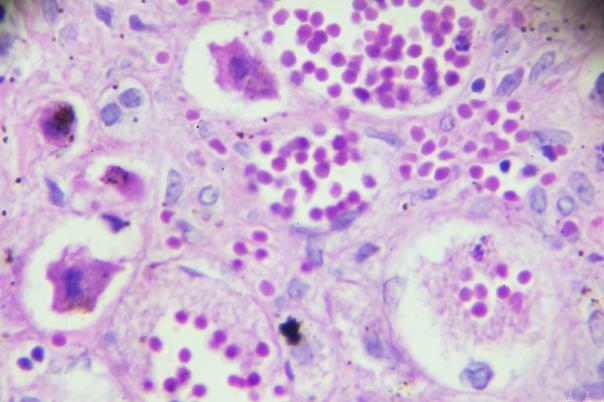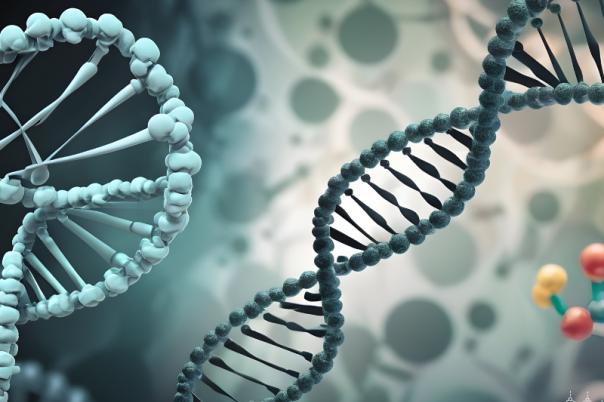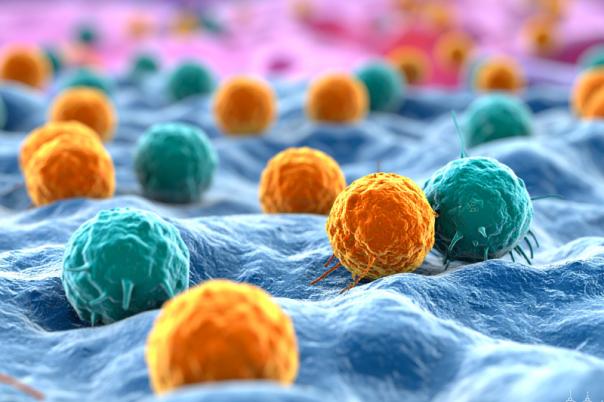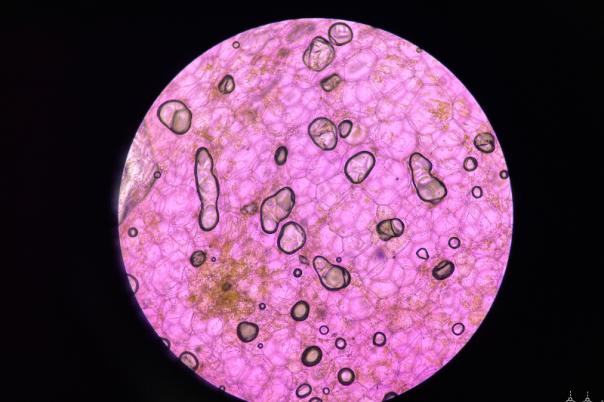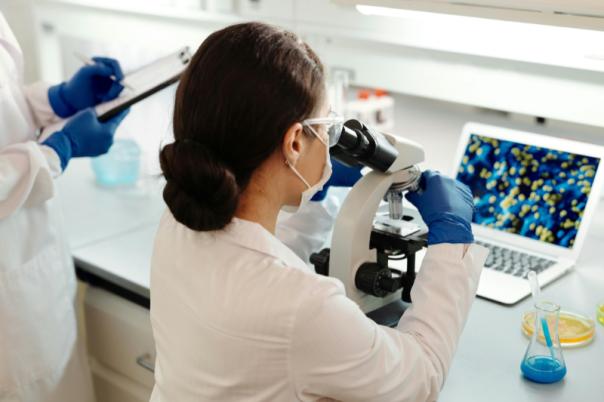In this presentation, William L. Hwang presented a study aimed at refining the molecular taxonomy of pancreatic cancer by comparing treated and untreated tumours. Previous studies had identified two major subtypes of cancer cells: classical and basal-like. Hwang's team conducted single nucleus RNA sequencing on 43 primary patient tumours, identifying seven robust malignant programmes, including classical, basal-like, squamoid, mesenchymal, acinar-like, neuroendocrine-like, and neural-like progenitor.
The study found that classical subtype pancreatic cancers were more sensitive to cytotoxic therapy, while the nerve programme showed increased representation with more treatment. Using digital spatial profiling technology, the team analysed FFPE tissues from patients, identifying three neighbourhoods: treatment-enriched (mesenchymal and neuro-like progenitor cancer cells), squamoid basaloid community, and classical community.
Hwang's team developed a spatially constrained optimal transport interaction analysis (SCOTIA) to understand cell-cell interactions in the microenvironment that may mediate therapeutic resistance. The analysis highlighted significant interactions between cancer-associated fibroblasts (CAFs) and malignant cells. The study also examined pairwise proximity and ligand-receptor interactions, finding that nerve cells were selectively enriched near CD8 T cells, while classical cells were depleted.
The team expanded their cohort to include 13 tumours, both treated and untreated, and conducted various analyses, including neighbourhood analysis and ligand-receptor interaction analysis. They found that treated CAFs produced significantly less WNT ligand, while treated malignant cells produced significantly more, suggesting a potential role in treatment resistance.
Hwang concluded by discussing ongoing functional studies and the potential implications of their findings for understanding cancer cell state plasticity and therapeutic resistance. The presentation highlighted the importance of spatial transcriptomics in uncovering the complex interactions within the tumour microenvironment and advancing the understanding of pancreatic cancer biology.

